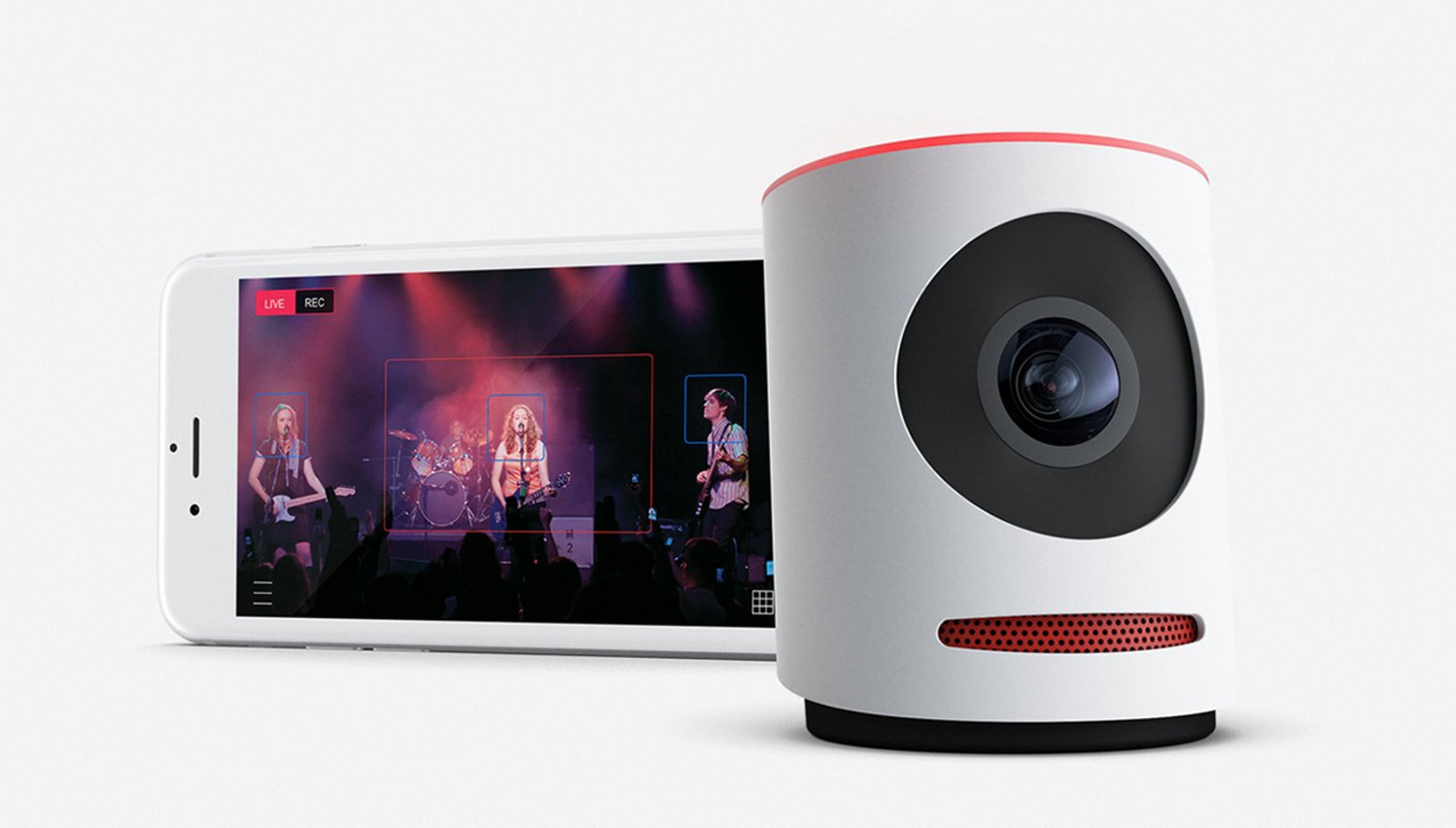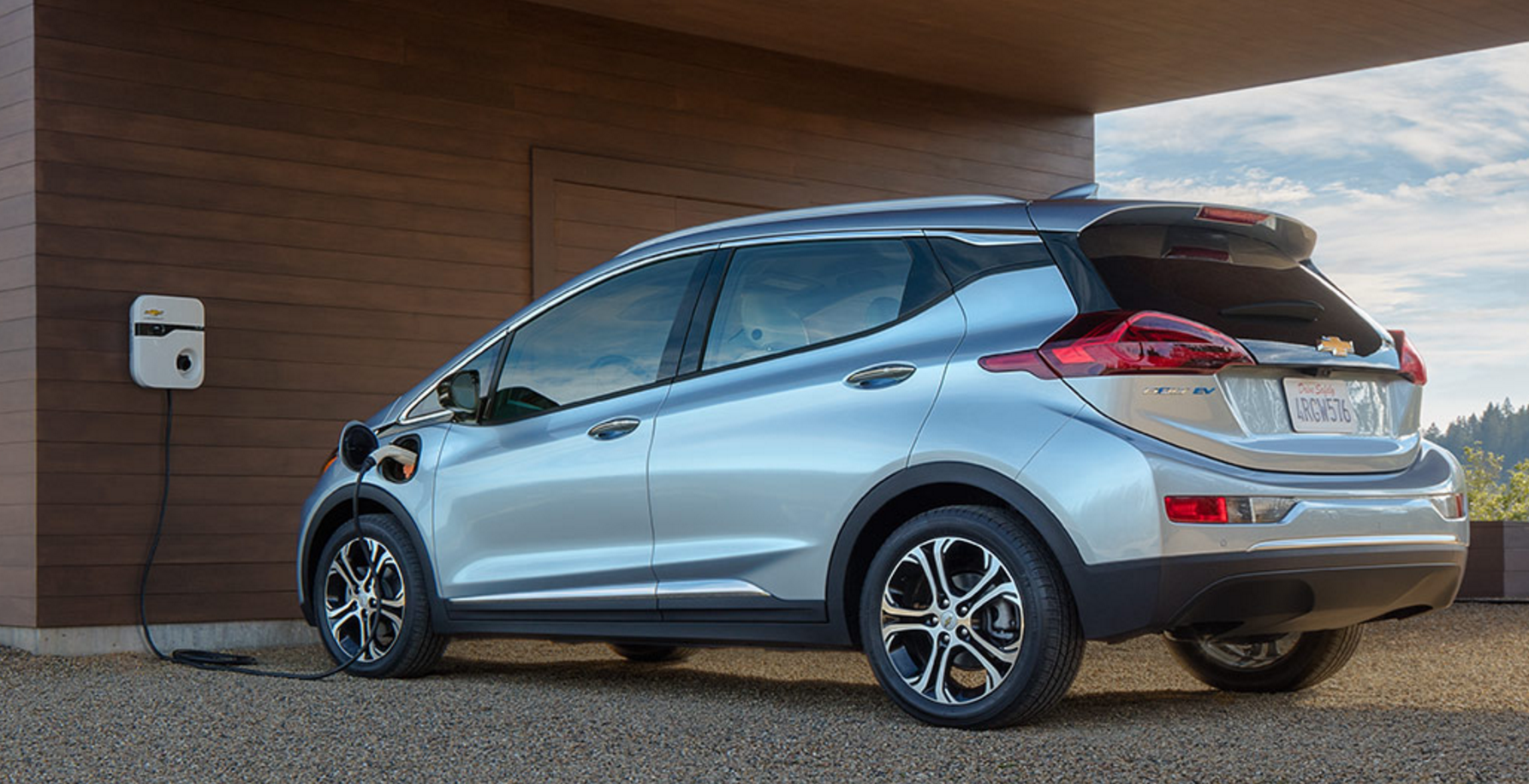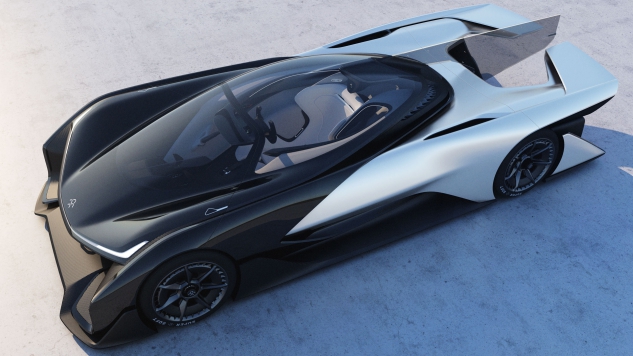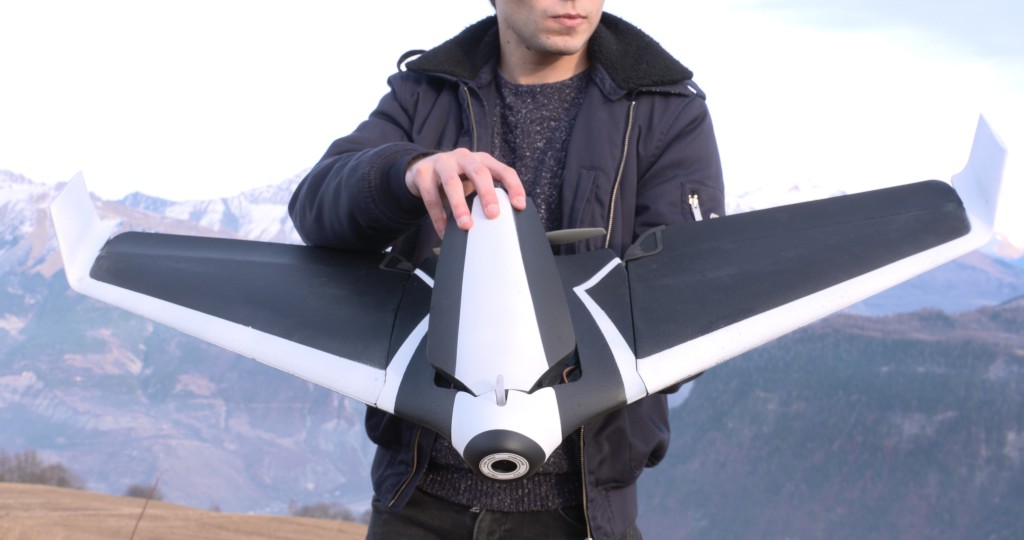8 Ways Animal Flight
Inspires Drone Designs
Flight of the drones
How do scientists build better flying robots? They look to the natural world for inspiration, investigating the adaptations that allow winged animals to efficiently navigate through the air, even under difficult conditions.
Today's aerial drones are more sophisticated than ever, and will likely continue to improve in performance as scientists uncover more of the secrets to insects', bats' and birds' flying success.
Here are some examples of the latest discoveries in animal flight research and bio-mimicking drones, from studies published Dec. 16, 2016, in the journal Interface Focus.
Today's aerial drones are more sophisticated than ever, and will likely continue to improve in performance as scientists uncover more of the secrets to insects', bats' and birds' flying success.
Here are some examples of the latest discoveries in animal flight research and bio-mimicking drones, from studies published Dec. 16, 2016, in the journal Interface Focus.
Diver down
Many flying robots soar to great heights, but a new type of drone can also plunge into water from midair, just like certain water birds do. The Aquatic Micro Air Vehicle (AquaMAV) has morphing wings that fold up when it dives. Weighing a mere 7 ounces (200 grams), AquaMAV can fly to flooded or aquatic destinations to conduct brief data-gathering forays in water, and then blast its way back into the air using jet propulsion to return to home base.
Many flying robots soar to great heights, but a new type of drone can also plunge into water from midair, just like certain water birds do. The Aquatic Micro Air Vehicle (AquaMAV) has morphing wings that fold up when it dives. Weighing a mere 7 ounces (200 grams), AquaMAV can fly to flooded or aquatic destinations to conduct brief data-gathering forays in water, and then blast its way back into the air using jet propulsion to return to home base.
Power-napping
During migration, some birds can fly for days or even months at a time without taking a break, and how they sleep during these long flights is a question that has long puzzled scientists. It was formerly thought that far-flying frigate birds rested one cerebral hemisphere at a time — literally sleeping with one eye open. But a new study conducted the first brain scans of these birds during their extended migratory journeys, finding that at times they were fully asleep while still in flight, but very briefly and only during soaring and gliding maneuvers.

During migration, some birds can fly for days or even months at a time without taking a break, and how they sleep during these long flights is a question that has long puzzled scientists. It was formerly thought that far-flying frigate birds rested one cerebral hemisphere at a time — literally sleeping with one eye open. But a new study conducted the first brain scans of these birds during their extended migratory journeys, finding that at times they were fully asleep while still in flight, but very briefly and only during soaring and gliding maneuvers.
Silent flight
Scientists took a closer look at owl wings to understand how these avian predators can fly without making a sound. Biologists, mathematicians and engineers investigated owls' aerodynamic performance; they found that many wing features combine to produce noiseless flight. They discovered that owls' large wing size allows them to fly at slower speeds, reducing the amount of noise they make, while interlocking feather structures and a velvety surface texture also dampen sound, as does fringe trailing from the wing's edge.
Scientists took a closer look at owl wings to understand how these avian predators can fly without making a sound. Biologists, mathematicians and engineers investigated owls' aerodynamic performance; they found that many wing features combine to produce noiseless flight. They discovered that owls' large wing size allows them to fly at slower speeds, reducing the amount of noise they make, while interlocking feather structures and a velvety surface texture also dampen sound, as does fringe trailing from the wing's edge.
Damage control
Even the most robust drones can be damaged, and scientists are investigating how the flying machines might recover; they are studying how animals compensate for injured wings and are still able to fly — even when damage to the wing membrane is considerable.
Researchers tested the flight performance of fruit flies that were missing part of one wing, using high-speed videography to reveal that the flies adjusted midair by modifying their wingbeats and rolling their bodies toward the wing that had been compromised.

Even the most robust drones can be damaged, and scientists are investigating how the flying machines might recover; they are studying how animals compensate for injured wings and are still able to fly — even when damage to the wing membrane is considerable.

Researchers tested the flight performance of fruit flies that were missing part of one wing, using high-speed videography to reveal that the flies adjusted midair by modifying their wingbeats and rolling their bodies toward the wing that had been compromised.
Steady on
Unpredictable wind gusts can disrupt flying for both animals and robots, but scientists found that bees persevere with foraging flights, even when conditions are extremely windy. To understand how bees navigate through turbulence, researchers placed the insects in wind tunnels and recorded their flying movements. They found that the bees used different responses to adjust midair, including changing the frequency and amplitude of wing beats, and varying the symmetry of their flapping. By mimicking these techniques, flying robots could improve their ability to steer through turbulent air.

Unpredictable wind gusts can disrupt flying for both animals and robots, but scientists found that bees persevere with foraging flights, even when conditions are extremely windy. To understand how bees navigate through turbulence, researchers placed the insects in wind tunnels and recorded their flying movements. They found that the bees used different responses to adjust midair, including changing the frequency and amplitude of wing beats, and varying the symmetry of their flapping. By mimicking these techniques, flying robots could improve their ability to steer through turbulent air.
One direction
Birds that fly close to the ground are navigating a cluttered course that requires swift processing of visual input, and rapid flight adjustment to dodge whatever might stand in their way. To find out how birds maintain forward momentum while maneuvering through gaps between objects, researchers tracked pigeons as they flew through different arrangements of obstacles, recording their movements in three dimensions. They discovered that the pigeons selected gaps that closely aligned with the direction they were flying, and by doing so they could navigate faster and with fewer adjustments to their wing beats.
Birds that fly close to the ground are navigating a cluttered course that requires swift processing of visual input, and rapid flight adjustment to dodge whatever might stand in their way. To find out how birds maintain forward momentum while maneuvering through gaps between objects, researchers tracked pigeons as they flew through different arrangements of obstacles, recording their movements in three dimensions. They discovered that the pigeons selected gaps that closely aligned with the direction they were flying, and by doing so they could navigate faster and with fewer adjustments to their wing beats.
Right-side up
Sometimes researchers can learn about flight by studying insects that don't fly at all. Tiny stick insect nymphs are wingless; but when they fall, they can right themselves in midair, even without the assistance of wings. Scientists observed that when the insects were dropped, they rapidly rotated to turn themselves right-side up by coordinating leg movements with airflow, turning completely around within 0.3 seconds. The researchers explained in their study that this technique may have been used by insects that were in the early stages of flight evolution, and it could improve drones' midair agility.
Sometimes researchers can learn about flight by studying insects that don't fly at all. Tiny stick insect nymphs are wingless; but when they fall, they can right themselves in midair, even without the assistance of wings. Scientists observed that when the insects were dropped, they rapidly rotated to turn themselves right-side up by coordinating leg movements with airflow, turning completely around within 0.3 seconds. The researchers explained in their study that this technique may have been used by insects that were in the early stages of flight evolution, and it could improve drones' midair agility.
Mind the gaps
Imagine soaring through the clouds in an airplane that was missing bits and pieces of its wings. That sounds unthinkable, but flying with wings that are less than complete is what most birds do when they molt.
Seasonal molting is how birds replace their feathers as they wear out, and yet birds must still somehow keep flying, regardless of how their wings might be compromised. Researchers looked at the aerodynamics of flight in a jackdaw, a bird in the crow family, during different molt stages. The study authors found that the bird's flight efficiency was reduced during molting, but the bird adjusted its wing posture to make up for gaps in its wings where feathers were missing, a strategy that could also benefit aerial drones that sustain wing damage during flights.
Imagine soaring through the clouds in an airplane that was missing bits and pieces of its wings. That sounds unthinkable, but flying with wings that are less than complete is what most birds do when they molt.
Seasonal molting is how birds replace their feathers as they wear out, and yet birds must still somehow keep flying, regardless of how their wings might be compromised. Researchers looked at the aerodynamics of flight in a jackdaw, a bird in the crow family, during different molt stages. The study authors found that the bird's flight efficiency was reduced during molting, but the bird adjusted its wing posture to make up for gaps in its wings where feathers were missing, a strategy that could also benefit aerial drones that sustain wing damage during flights.
















